| Structure | Name/CAS No. | Articles |
|---|---|---|
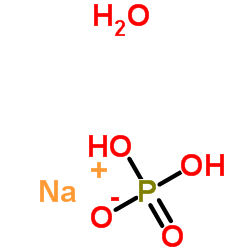 |
Sodium phosphate monobasic monohydrate
CAS:10049-21-5 |
|
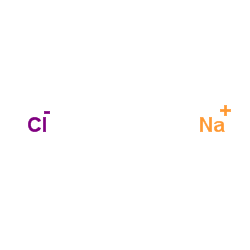 |
sodium chloride
CAS:7647-14-5 |
|
 |
Disodium hydrogenorthophosphate
CAS:7558-79-4 |
|
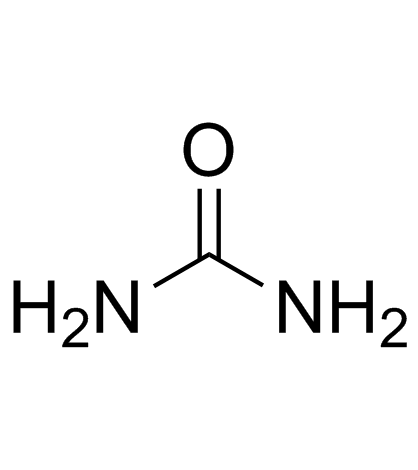 |
Urea
CAS:57-13-6 |
|
 |
SODIUM CHLORIDE-35 CL
CAS:20510-55-8 |
|
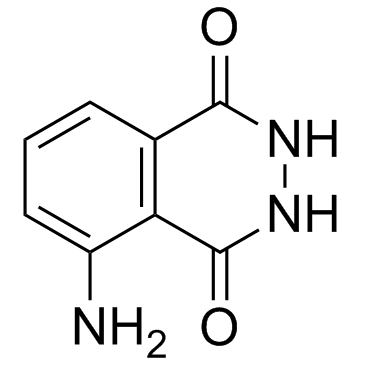 |
Luminol
CAS:521-31-3 |
|
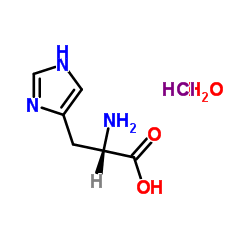 |
L-Histidine hydrochloride monohydrate
CAS:5934-29-2 |